Unlike the PESA radars of the US MIM-104 Patriot/Russian S-300/ systems, the HQ-9 uses a state-of-the-art AESA radar. The HongQi 9 development began in the early 1980s, initially based on the U.S. Patriot air defence missile system that China obtained via an unknown third-party country. Like the Patriot, the HongQi 9 uses a ‘Track-Via-Missile’ (TVM) terminal guidance system and was originally designed to be launched from a Patriot-style slant-positioned box-shape container launcher.
Similar to the Russian S-300V, the HQ-9 is a two-stage missile. The first stage has a diameter of 700 mm and the 2nd stage 560 mm, with a total mass of almost 2 tons and a length of 6.8m. The missile is armed with a 180 kg warhead, has a maximum speed of Mach 4.2. and has a maximum range of 200 km. The thrust vector control (TVC) of HQ-9 is the most obvious visual identification that distinguish it from S300V: TVC of HQ-9 is exposed and thus can be observed from the side, while TVC of S300V is not exposed. The HQ-9's guidance system is composed of inertial guidance plus mid-course uplink and active radar terminal guidance systems.
A battery of HQ-9 consists of 6 TEL trucks linked to a HT-233 3D C-band mono-pulse planar phased array radar, under the control of a TWS-312 battery command post. The HT-233 engagement radar has always been regarded to be a derivative of the Russian 30N6E Flap Lid / Tomb Stone series, sharing most of the basic technology in this design. It which operates in the 300 MHz bandwidth and has a detection range of 120 km and tracking range of 90 km. The radar can detect targets in azimuth (360 degrees) and elevation (0 to 65 degrees), and is capable of tracking some 100 airborne targets and simultaneously engaging more than 50 targets. Several search radars can be used with HQ-9, including anti-ballistic radars and anti-stealth radars, as the search radar Type 305B, the low altitude radar Type 120, the search radar Type 305A, the passive radar YLC-20 and the passive radar DWL002.
In the Chinese Armed Forces, an HQ-9 battery includes a command vehicle, six control vehicles, 6 targeting radar vehicles, 6 search-radar vehicles, 48 missile-launch vehicles, and 192 missiles; plus a positioning vehicle, a communications vehicle, a power supply vehicle and a support vehicle. A battalion reportedly contains 8 missile launch vehicles.
 |
| Cutaway of the FT-2000 round from brochure material. Note the additional cruciform strake absent in the 5V55/48N6 family of missile airframes, and the baseline HQ-9 (via R.D. Fisher). |
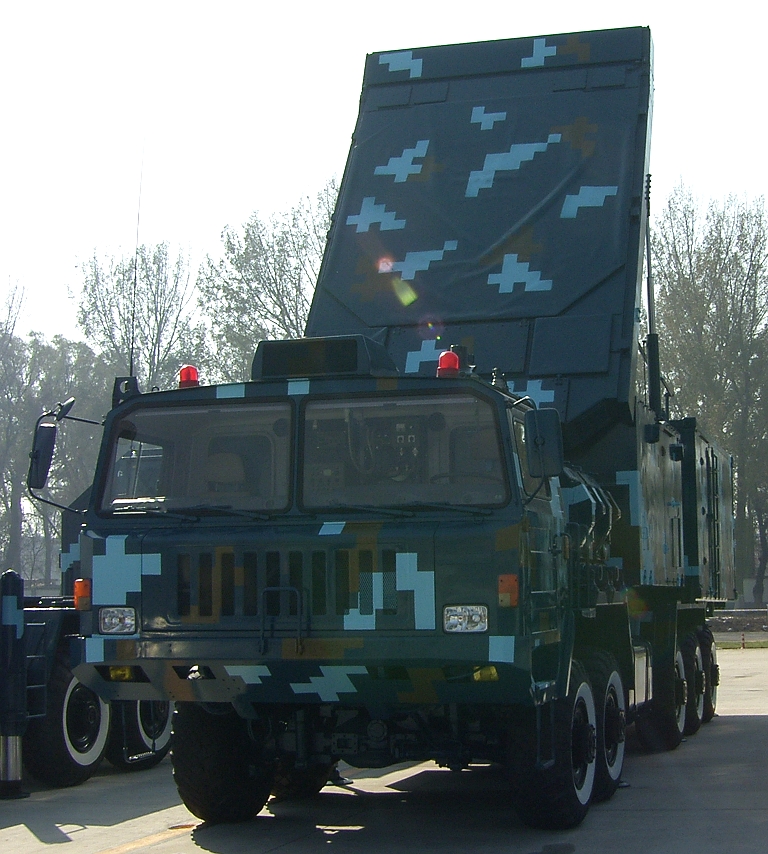 |
| Production HT-233 PESA engagement radar on the 10 x 10 Taian TAS5501 series chassis (© 2009, Bradley Huang). |
FD-2000
First revealed in the 8th Zhuhai Airshow, the export version of HQ-9, providing extra anti-stealth capability by incorporating YLC-20 passive radar sensor as an option. FD-2000 made its name by once securing Turkish surface-to-air missile contract, later cancelled due to political reasons. FD2000's reaction time from radar contact to missile engagement is around 12–15 seconds. It covers an area of 49000 square kilometres. FD-2000 was on exhibition in Zhuhai Airshow 2014.
FT-2000
Anti radiation version that was the first model of HQ-9 family being completed.
HQ-9
TVM version SAM.
HHQ-9
Naval version. It appears to be identical to the land-based variant. It is used on modern Chinese guided-missiles destroyers. These missiles are launched from vertical tubes;
HQ-9A
Upgraded version, first tested in 1999 and service entry in 2001. Chinese sources claim that the HQ-9 family of systems employ much newer computing technology than imported Russian S-300PMU/PMU1/PMU2 systems, because HQ-9 is developed more than a decade later, thus allowing it to incorporate advancement in microelectronics. Due to the superior computing capability for signal processing, data processing and guidance support, this missile can have an optional semi-active radar homing (SARH) mode, because more info can be processed on board the missile itself.
HHQ-9A
Ship-borne naval version of HQ-9A. Eight 6-cell vertical launch silos, of cylindrical shape and using "cold launch" method, mounted on the Type 052C destroyer (48 missiles in total).
HQ-9B
reportedly tested in February 2006. According to Jane's Information Group, this missile has a dual seeker that incorporates both SARH & infrared homing mode
HQ-9C
Currently under development, incorporating active radar homing mode.
HQ-19
A vastly upgraded version of HQ-9 to counter ballistic missile and satellites on the lower end of Low Earth orbits, and it is the Chinese equivalent of THAAD. HQ-19 is armed with a dual purpose exosphere kinetic kill vehicle (kkv) warhead designed by a team led by Professor Zhou Jun (周军), which can be used against ballistic missile warheads or satellites. Its first flight occurred in 2003.
SC-19
HQ-19 derivative using Kaituozhe-1 space booster as engine instead of the original engine used in HQ-9/19. Due to the size difference of engines, SC-19 also has to adopt a new launcher/transporter designated as KT-409. Like HQ-19, SC-19 can also be used to counter either ballistic missile or satellite on the lower end of low Earth orbits.
HQ-26
Chinese equivalent of SM-3 for naval deployment, upgraded HQ-9/19 equipped with a dual pulse solid rocket motor for the final stage like SM-3. Its certification is expected in 2015 at the earliest.
HQ-29
Chinese equivalent of MIM-104F (PAC-3) (PAC-3), with engine upgrade for the final stage: instead of a single dual pulse solid rocket motor, HQ-29 is equipped with over a hundred tiny pulse solid rocket motors mounted in the forebody of the missile, but the exact number remain unknown due to lack of publicized information. Its first flight was achieved in 2011 and it is expected to be deployed by the end of the Twelfth Five-Year Plan.
Specifications
Weight
1300 kg
Length
6.8 m
Warhead weight
180 kg
Engine
Two-stage solid propellant rocket
Operational range
200 km (slant range)
Flight ceiling
27 km (88,582 ft)
Speed
Mach 4.2
Guidance system
Inertial guidance with mid-course update and terminal active radar homing
Launch platform
Taian TA580/TAS5380 8×8 transporter erector launcher (TEL)
Type 052C destroyer
Type 052D destroyer
Type 055 destroyer
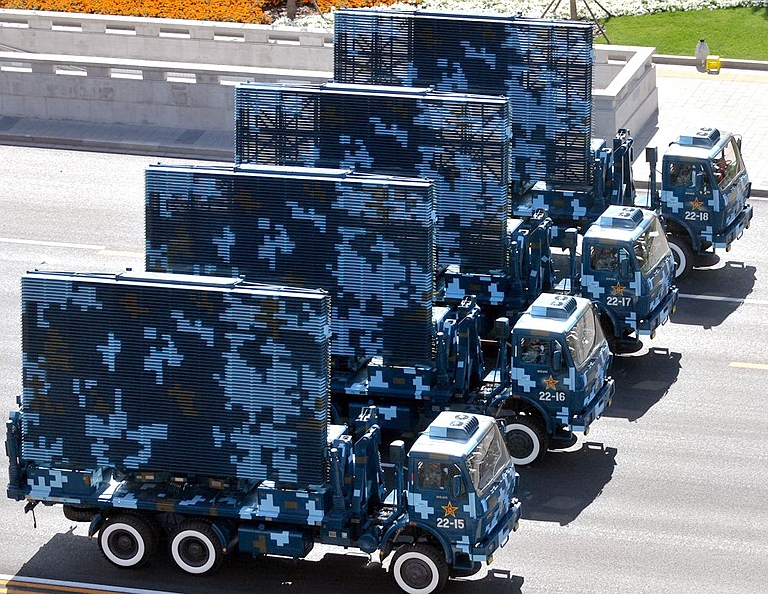 |
| Type 305B acquisition radars with antenna deployed (via Chinese Internet). |
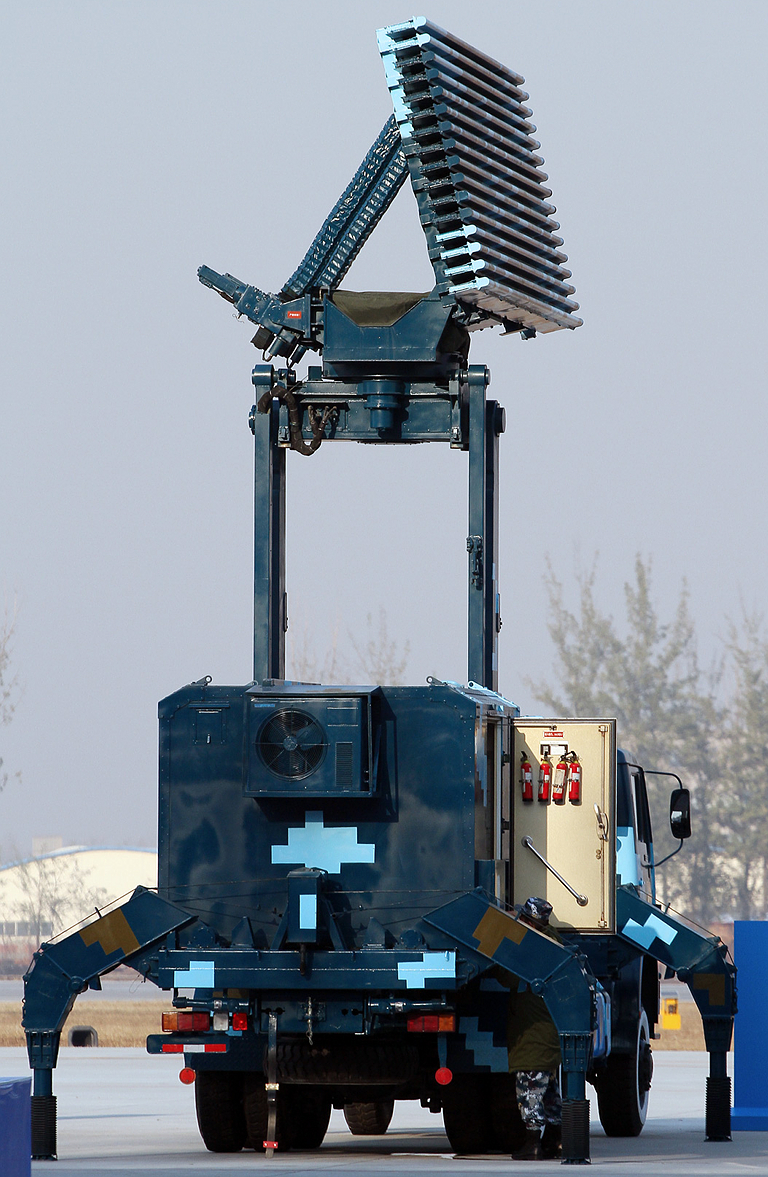 |
| Aft view of Type 120 fully deployed (via Chinese Internet). |
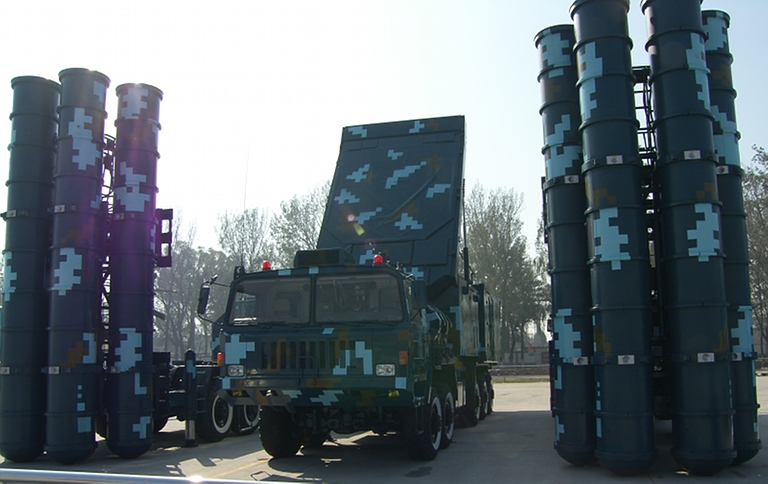
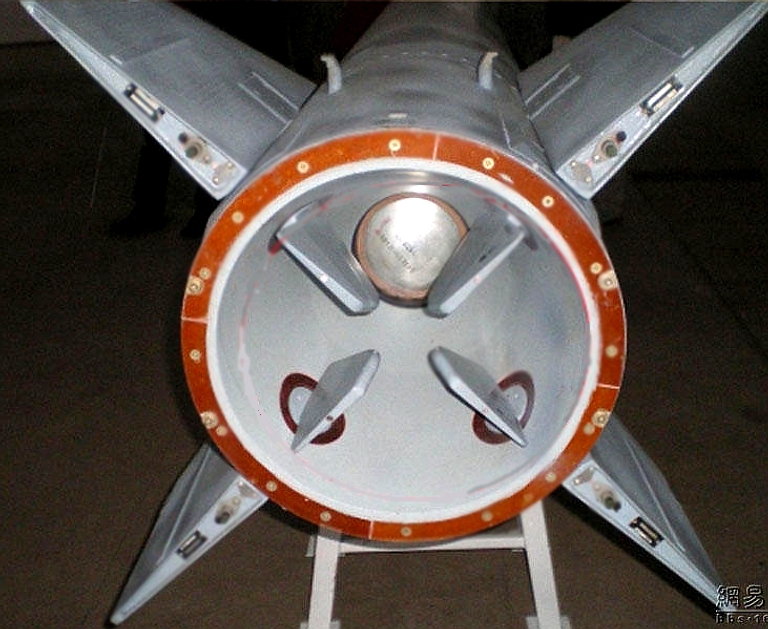
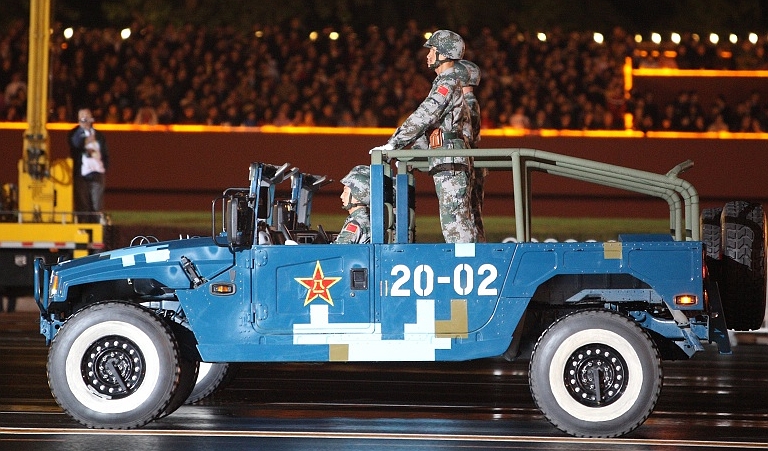



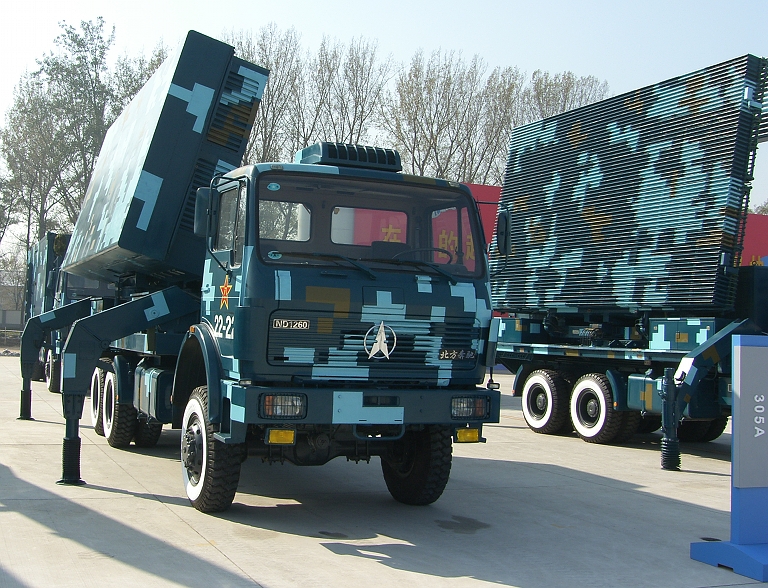
No comments:
Post a Comment